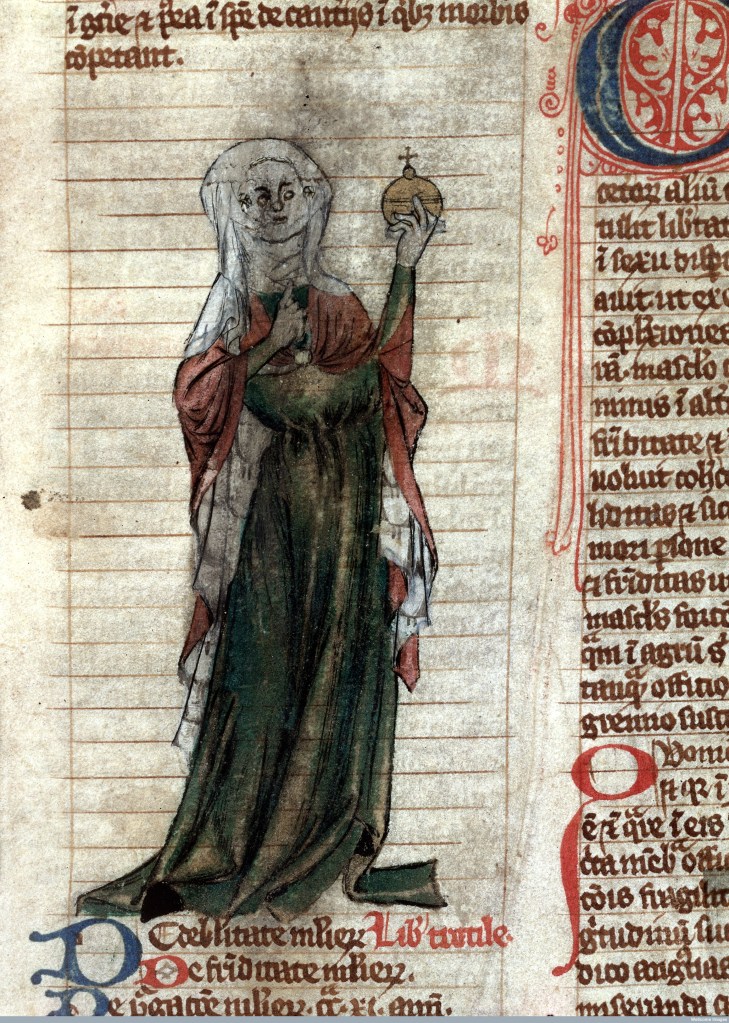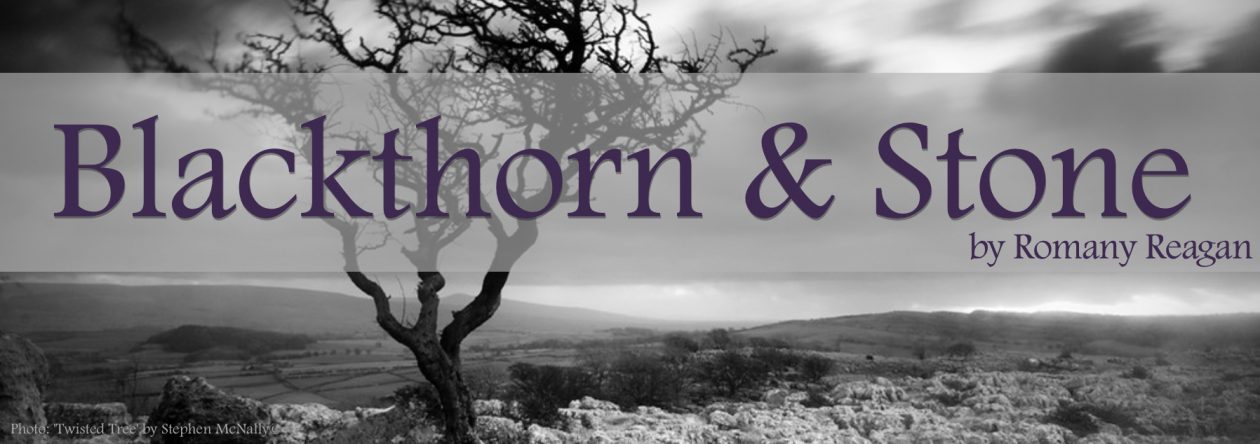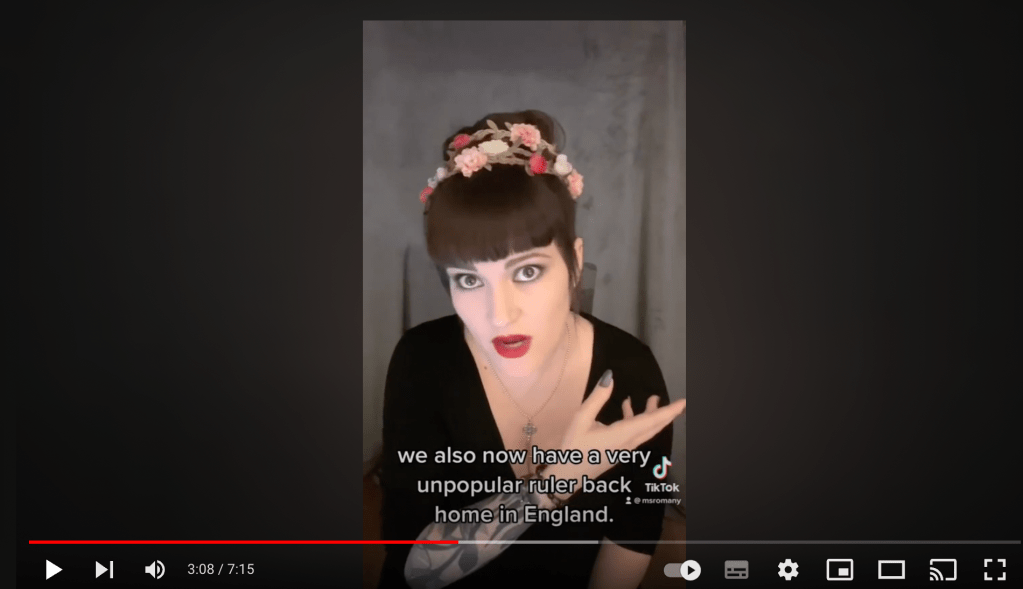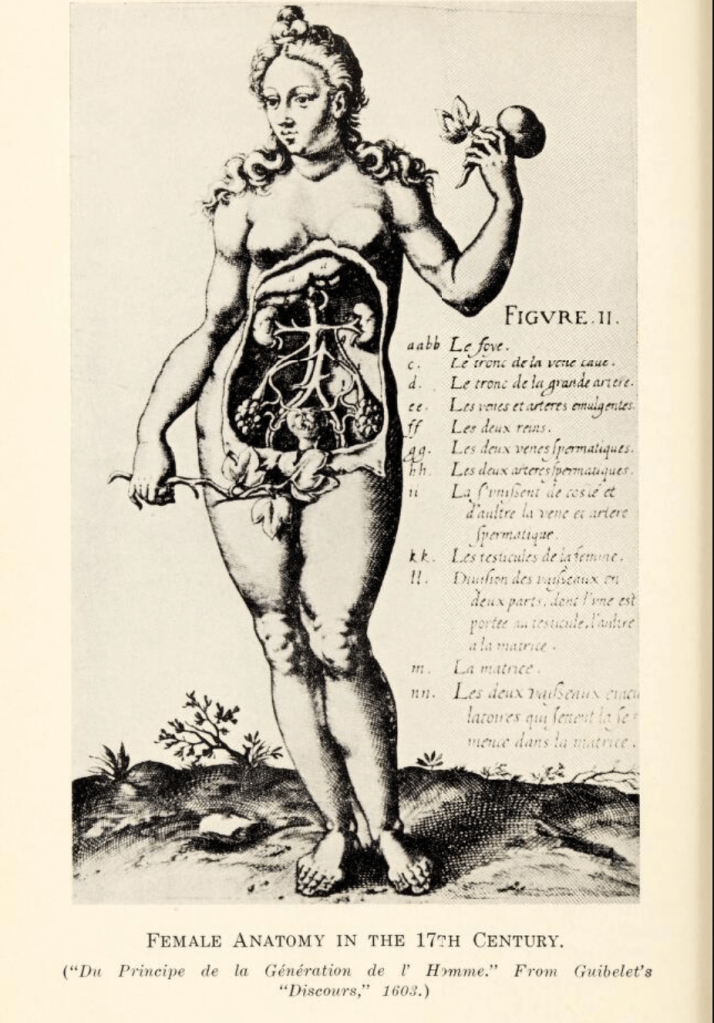‘Women’s Weeds’ Research Journal — Hidden history of women healers in the eradication of smallpox

When we think of the eradication of the smallpox disease today, we think of the groundbreaking vaccine developed by Dr Jenner — but where did the original knowledge of smallpox inoculation (the knowledge on which the eventual vaccine was based) come from? We actually owe our thanks to the ancient practices kept alive by women healers in Greece, Turkey, China, India, and Africa. Basically, everywhere in the world *except* Western Europe…
‘Women’s Weeds’ Research Journal — What does the English Civil War have to do with feminist medicine?
In this video, I explain how the chaos of the English Civil War led to relaxed print censorship, increased literacy, and a boom time for female-focused medical books — the origin of the printed family herbal book.
‘Women’s Weeds’ Research Journal — Why Is the Stereotypical Image We Have of a Witch Always a Woman?

In this short history, I pinpoint the exact year in mediaeval Europe when the idea of the inherent character of the Satanic witch as female began — and also explain how the blame for this misogynist bull really comes down to just a few travelling preachers.
‘Women’s Weeds’ Research Journal — Hidden Histories of Jewish & Muslim Medical Women in Mediaeval Europe
A great diversity of women practised some form of medicine throughout Europe in the Middle Ages (500-1500). Medical historians have identified a wide variety of female practitioners—from various regions, faiths, and social classes—engaged in general healing as well as specialised branches of medicine, including surgery, barber-surgery, and apothecary. Moreover, these female practitioners had the freedom and legal right to practise their healing arts. These rights were not taken away in systematic broad measures until the 14th century.
The open existence of officially sanctioned women healers came sputtering to a halt with the widespread establishment of European universities and the accompanying degrees and licences necessary to practise medicine. A licence to practise medicine as a physician could only be obtained after completing a university education—and women were banned from attending university so… that should have been that.
‘Women’s Weeds’ Research Journal — VIDEO: Exploitation of 17th & 18th Century Folk Healers by the Professionalised Medical Community
A potted history of the exploitation of folk healers in Europe, as well as in conquered lands (the Americas, West Indies), in the 17th & 18th century by the professionalised medical community—with a special focus on how this impacted female folk healers.
‘Women’s Weeds’ Research Journal — VIDEO: Introduction to what it’s all about (+ bonus gorgeously Creepy Fort)
Here is a little video I’ve made explaining a bit of what my project is about. I’m now almost two months into my research journey! I will be presenting my preliminary findings at the Bridges 2022 conference, ‘Bridges Between Disciplines: Gender in STEM and Social Sciences’, at the Universitat Politécnica de València – Campus of Gandía. I’m excited to share what I have learned so far!
The blog post I reference in the video is ‘The Language of Flowers: Breaking into the Boys Club of Botany & the Flowery Dress as a Feminist Act’
‘Women’s Weeds’ Research Journal — Spotlight: Beatrix Potter Takes on the Botanical Boys Club
“I fancy he may be something of a misogynist.”
— Beatrix Potter, in her journal December 1896, about Mr Thiselton-Dyer Director, Kew
Several years before Miss Helen Beatrix Potter (1866-1943) became the beloved children’s author that we all treasure, creating the world of Peter Rabbit and Mrs Tiggy-Winkle, she had much smaller lifeforms on her mind: fungi. And there was a man (or rather, several men) standing in her way to mycorrhizal greatness. One of whom was no less of a personage than William Turner Thiselton-Dyer, Director of the Royal Botanic Gardens, Kew.
It all began with her illustrations. She was a very talented artist, in both sketch and watercolour, but alongside this ability she also had the gift of very close observation. Beatrix sketched and painted a variety of fungi that she found in the Lake District in England and in Scotland. As her documentation became more detailed, she began to be fascinated by how fungi reproduced. By the autumn and winter of 1895, when she was 29 years old, she was spending an increasing amount of time drawing fungi under a microscope. She became convinced that she could germinate some spores herself. She wanted to study the environment in which they germinated, discover whether or not conditions were the same for each species, what the spawn of each consisted of, and whether or not she could reproduce it more than once. This is where her hobby graduated from observation to experimentation.
‘Women’s Weeds’ Research Journal — Fun Fact: Well-behaved women seldom make history
Lead image ‘Well-Behaved Women’ by Barry D Bulsara
(Instagram: @barrydbulsara)
Available to buy: https://www.edinburghart.com/product/well-behaved-women/
Ah, the archive… That reliquary of truth and unbiased historical fact.
This week’s ‘fun fact’ is one of those research moments when another researcher points out a solution to your problem that actually should have been obvious from the beginning: if you’re looking for hidden histories, do not look at ‘official’ records, such as those kept by licensing guilds or at published works, nope. Look at court documents. Fines, punishments, incarcerations—executions. That is where you are going to find the true stories of what historical people—who were not White Christian Men (WCM)—were actually up to.
‘Women’s Weeds’ Research Journal — Fun Fact: The rise of the female saint led to the hunt for the witch
This week’s ‘fun fact’ has to do with one of my favourite research subjects—witches. Research into the history of women in medicine will inevitably lead us back to the witch hunts. (And yes, there will be ongoing research into this particular flavour of persecution still to come… )
There were many factors that contributed to the witch panics that cycled in waves over a 300-year period from the 15th to the 18th century. I discussed several of these—such as climate change and severe economic depression—in a post I wrote two years ago: ‘Ice & Fire: How a Folk Demonology in the ‘Little Ice Age’ Led to the Witch Hunts of the 16th & 17th Centuries’
But this week I learned of a new factor I’ve had yet to come across in my research: the resurgence of the ‘goddess’ in the guise of the ‘saint’.
‘Women’s Weeds’ Research Journal — Fun Fact: ‘Modesty is a code word for shame
Ok, so perhaps there isn’t much ‘fun’ in this week’s Fun Fact! This week, I’ve been marvelling at the notion of ‘modesty’. This concept has presented a huge stumbling block in medical care for women throughout history; but ‘modesty’ is just a polite word for shame. I’m currently reading about modesty from the mediaeval and early modern perspective, however the tendrils of this insidious concept can be felt in society today.
‘Women’s Weeds’ Research Journal — Fun fact: The rise & fall of the mediaeval female gynaecologist

Pen and wash drawing showing a standing female healer, perhaps of Trotula, clothed in red and green with a white headdress,
holding up a urine flask to which she points with her right hand.
Copyrighted work available under Creative Commons
One thing I found fascinating this week, is in ancient Rome and Greece, up until the 2nd century, medical texts were written directly to midwives. It was expected that women would be taking care of women’s issues, but also that they would be literate (read Greek, Latin, and/or Arabic) and had knowledge of the full anatomy. They were respected medical practitioners. It was only after waves of plague hit north Africa and the Mediterranean during the 5th and 6th centuries that governments and organised education fell apart, entering in an age of chaos, which these various societies never quite recovered from for the next 600 years.
WEEK 1 DONE! Research journals started!

Happy Friday! 🥂 This closes out my first week of research back at the The British Library working on my new Arts Council England project #WomensWeedsMoH for the Museum of the Home ! It’s great to be back at the BL, my old home away from home. 📚🤓 But what feels different now is I’m back in my old haunt this time as my own project manager. 💪🏻 And what a great first week it’s been! I’ll be sharing tantalising tidbits from my research journey under a this new tab ‘Women’s Weeds’
👀 Watch this space!!! 👀
#museumofthehome #britishlibrary #acefunded #artscouncilengland #heritagelotteryfund #bossbitch









